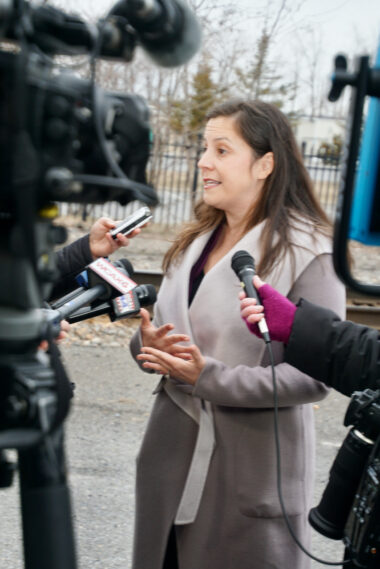
Peru Gazette March 3, 2023 iphoto in Plattsburgh when Congresswoman Stefanik praised Amtrak’s resuming service between Albany and Montreal.
Congresswoman Stefanik News Release – October 14, 2024 – CLINTON COUNTY, NY – Today, 48 Clinton County elected officials including Republicans, Conservatives, Democrats, and Independents endorsed Congresswoman Elise Stefanik for re-election to Congress.
“I am gladly endorsing Congresswoman Stefanik’s re-election because she has a solid record of delivering results for Clinton County and the North Country. As Co-Chair of the Northern Border Caucus, she’s giving our communities the voice we need in Washington D.C. She’s helped the North Country strengthen its economic partnerships with Canadian business and put us on the path for long term job growth,” Clinton County Board of Legislators Chairman Mark Henry said.
“Congresswoman Elise Stefanik does a wonderful job of giving the North Country a voice at the federal level. I’m very appreciative of the assistance she provided when I was Supervisor of Schuyler Falls. Elise helped secure millions of dollars in grants for the Morrisonville Water District to ensure we maintain a secure water supply. She’s attentive to the needs of our Upstate communities and I’m continually impressed with Elise’s ability to deliver more results with each term,” Clinton County Legislator Kevin Randall said.
“As Supervisor of the Town of Mooers, I am endorsing Elise Stefanik for reelection because I can count on her. Anytime I need something or have an issue, she is there. With her years of experience, she is always on top of everything and knows how to get things done for her constituents,” Mooers Town Supervisor Jeff Menard said.
“I’m thankful to earn the support and endorsement of these 48 incredible local elected officials in Clinton County. Clinton County families know that I have and will continue to work tirelessly to deliver real results for our community. I look forward to working with anyone who has our communities’ best interests in mind, regardless of party, to deliver for North Country and Upstate New York families, small businesses, veterans, and seniors.” said Congresswoman Elise Stefanik.
The full list of 48 Clinton County elected officials is below:
Mark Henry, Chairman of Board of Legislators, Clinton County
Calvin Castine, Area 1, Clinton County Legislator
Francis Peryea Jr., Area 2, Clinton County Legislator
Kevin Randall, Area 5, Clinton County Legislator
Chad Deans, Coroner, Clinton County
Randy Lashway, Council Member, Altona
Brady Emery Smart, Council Member, Altona
Tim Bresett, Supervisor, AuSable
Bonnie Hopkins, Town Clerk/Tax Collector, AuSable
Patrick Akey, Highway Superintendent, AuSable
Paula Bedard, Council Member, AuSable
Cheryl Turner, Council Member, Beekmantown
Dennis Relation, Council Member, Beekmantown
Jon Douglass, Supervisor, Black Brook
Michael Plumadore, Highway Superintendent, Black Brook
William “Bill” Rhino, Council Member, Black Brook
Thomas Trombley, Supervisor, Champlain
Julie Castine, Town Clerk/Tax Collector, Champlain
Allen Racine, Highway Superintendent, Champlain
Bryan Moore, Council Member, Champlain
Kim Trombley, Village Trustee, Champlain
Dan Vesco, Supervisor, Chazy
Daniel Nephew, Highway Superintendent, Chazy
Cathy Devins, Council Member, Chazy
Mark Siskavich, Highway Superintendent, Dannemora
James Barber, Council Member/Deputy Supervisor, Dannemora
Jason Carter, Council Member, Dannemora
Michael Tolosky, Council Member, Dannemora
Joey Varin, Council Member, Dannemora
Michael Bennett, Village Trustee/Deputy Mayor, Dannemora
Jarrod St. Phillips, Village Trustee, Dannemora
Zachary Hoyt
Jason Dezan
Bethany Fortin, Town Clerk, Ellenburg
Jeff Menard, Supervisor, Mooers
Tyson Dumas, Council Member, Mooers
Donald Perras, Council Member, Mooers
Dianne Miller, Town Clerk, Peru
Melvin Irwin, Council Member, Peru
Ben Arno, Village Trustee, Rouses Point
Dale Menard, Village Trustee/Deputy Mayor, Rouses Point
Brian S. Pelkey, Village Trustee, Rouses Point
Timothy Napper, Supervisor, Saranac
Tim Aubin, Council Member, Schuyler Falls
Jason Bruno, Council Member, Schuyler Falls
Vernon Bruno Jr., Council Member, Schuyler Falls
Mike Perrotte, Council Member, Schuyler Falls
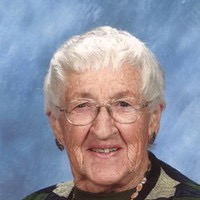 Thelma I. Douglas – an early proponent of a river trail in the City of Plattsburgh – will be feted at the Oct. 24 grand opening of the newest Saranac River Trail Greenway segment.
Thelma I. Douglas – an early proponent of a river trail in the City of Plattsburgh – will be feted at the Oct. 24 grand opening of the newest Saranac River Trail Greenway segment.

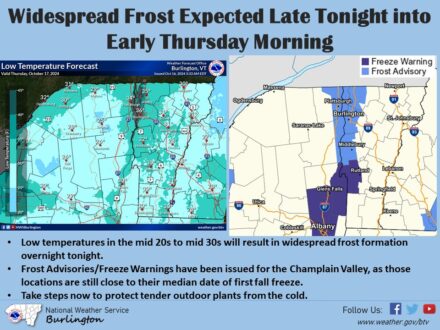 NWS Burlington @NWSBurlington
NWS Burlington @NWSBurlington
 Extracted from the Octoberfest Facebook page
Extracted from the Octoberfest Facebook page 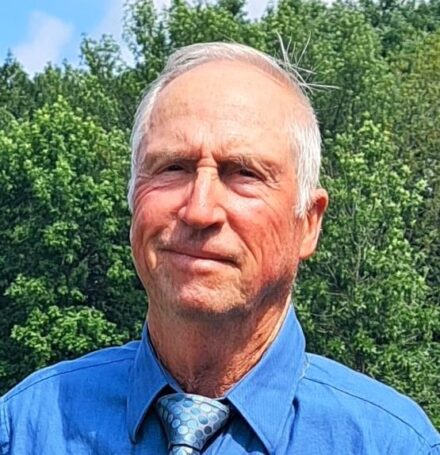 Billy Giroux
Billy Giroux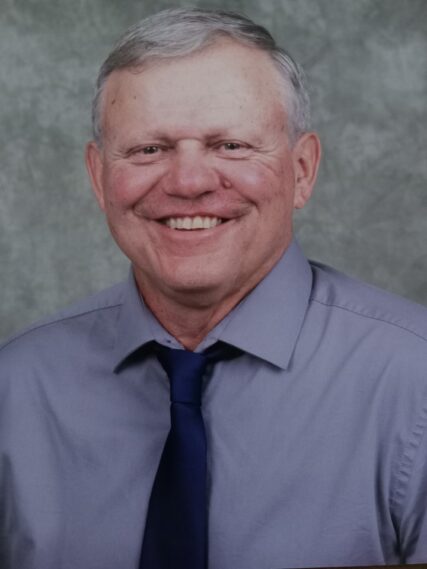 Rick Duprey
Rick Duprey 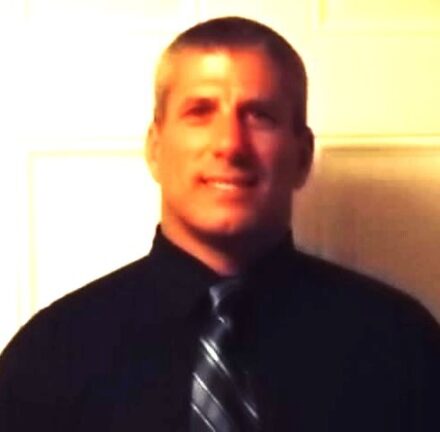 Tom Daly
Tom Daly 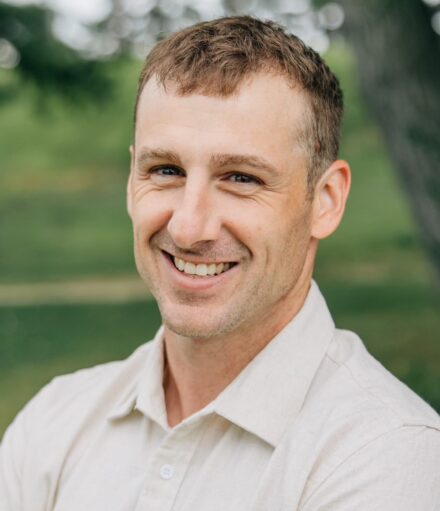 Caleb Remillard
Caleb Remillard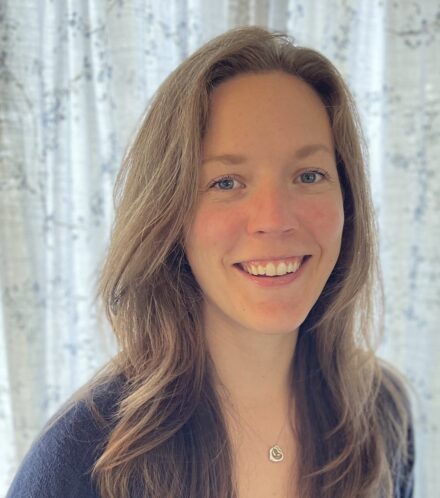 Jenna Ruff Drollette
Jenna Ruff Drollette 
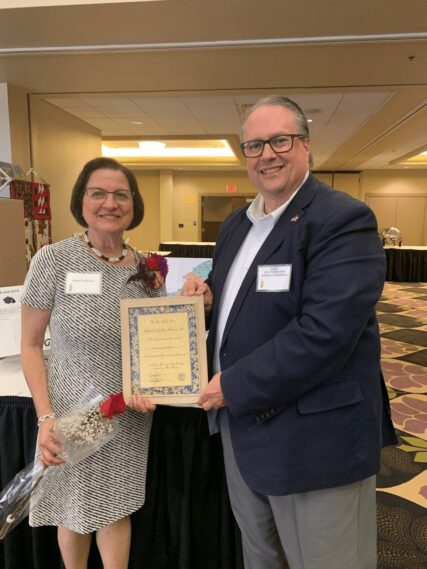
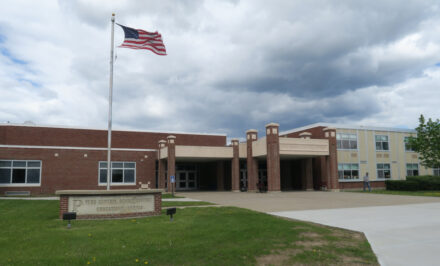 The Peru CSD Board of Education will hold a brief, special meeting in the High School Community Room on Tuesday, October 15, 2024, at 7:30 AM. The sole purpose of this meeting is to consider approval of a resolution pertaining to an emergency capital project. At this time, no other district business is anticipated.
The Peru CSD Board of Education will hold a brief, special meeting in the High School Community Room on Tuesday, October 15, 2024, at 7:30 AM. The sole purpose of this meeting is to consider approval of a resolution pertaining to an emergency capital project. At this time, no other district business is anticipated.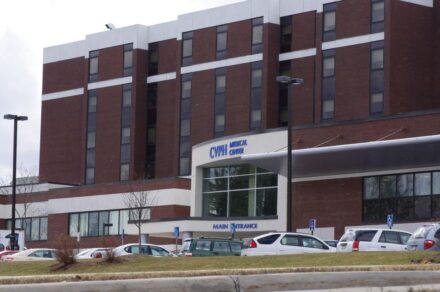 PLATTSBURGH, NY (10/10/2024) – The University of Vermont Health Network – Champlain Valley Physicians Hospital (CVPH) is proud to announce the recertification of its Cardiac Rehabilitation Program by the American Association of Cardiovascular and Pulmonary Rehabilitation (AACVPR). The Cardiac Rehabilitation Team was recognized for its commitment to improving the quality of life by enhancing standards of care.
PLATTSBURGH, NY (10/10/2024) – The University of Vermont Health Network – Champlain Valley Physicians Hospital (CVPH) is proud to announce the recertification of its Cardiac Rehabilitation Program by the American Association of Cardiovascular and Pulmonary Rehabilitation (AACVPR). The Cardiac Rehabilitation Team was recognized for its commitment to improving the quality of life by enhancing standards of care. Peru – Pancakes Plus Breakfast, Sunday, OCTOBER 13, served by the St. Augustine’s Knights of Columbus, St. Augustine’s Parish Center, 8:30 a.m. to 12:00 p.m. $10 for adults, $5 children 5 to 11, Children under 5 are Free. Take-outs are $10.
Peru – Pancakes Plus Breakfast, Sunday, OCTOBER 13, served by the St. Augustine’s Knights of Columbus, St. Augustine’s Parish Center, 8:30 a.m. to 12:00 p.m. $10 for adults, $5 children 5 to 11, Children under 5 are Free. Take-outs are $10.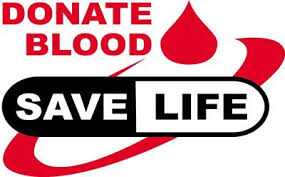 Peru – CVPH Donor Center Blood Brive, Monday, October 14, from 3 p.m. to 6:30 p.m., at St. Augustine’s Parish Center, 3030 Main St. in Peru. Each person donating a pint of blood during the month of October will be entered into a drawing for a $50 Target gift card.
Peru – CVPH Donor Center Blood Brive, Monday, October 14, from 3 p.m. to 6:30 p.m., at St. Augustine’s Parish Center, 3030 Main St. in Peru. Each person donating a pint of blood during the month of October will be entered into a drawing for a $50 Target gift card.

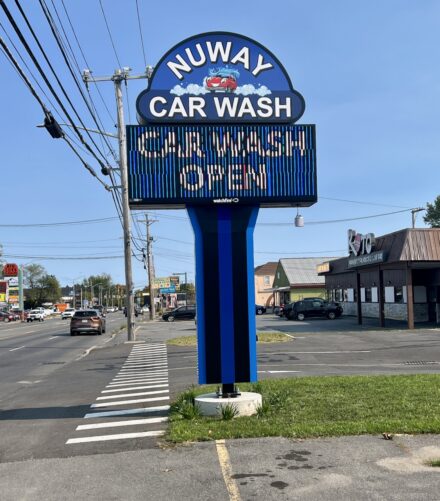
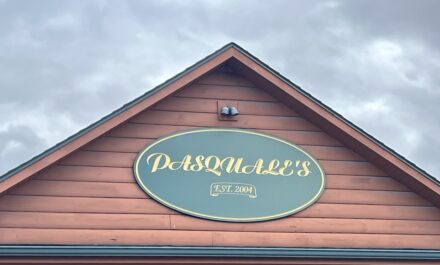 Kevin Soucia, “We do everything right across the board.”
Kevin Soucia, “We do everything right across the board.” 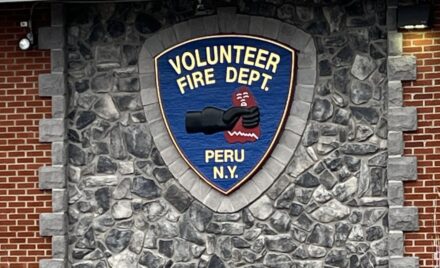 The Peru Fire Department will hold a public hearing on its proposed 2025 budget on Tuesday, October 15, from 7 to 8 p.m. The public will have the opportunity to ask questions. A copy of the proposed budget can be obtained at the Peru Town Hall between 9 a.m. and 3 p.m.
The Peru Fire Department will hold a public hearing on its proposed 2025 budget on Tuesday, October 15, from 7 to 8 p.m. The public will have the opportunity to ask questions. A copy of the proposed budget can be obtained at the Peru Town Hall between 9 a.m. and 3 p.m.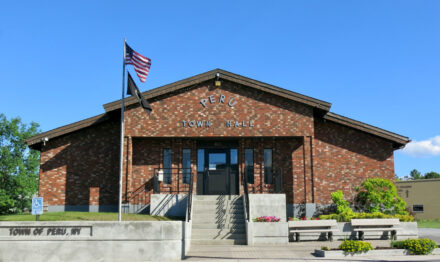
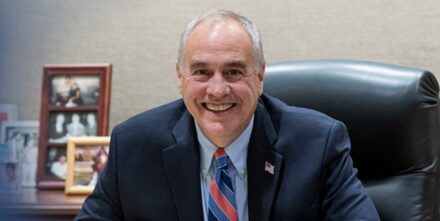 After Pandemic Highs, Annual Profits in 2022 and 2023 Still Modestly Above Pre-Pandemic Average
After Pandemic Highs, Annual Profits in 2022 and 2023 Still Modestly Above Pre-Pandemic Average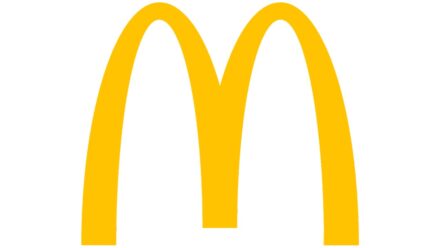 On October 10th, McDonald’s owners and operators in Peru are hosting a digital fundraiser to support Peru High’s athletics. From 3 to 9 p.m., 20% of all app sales will be donated to local youth sports programs.
On October 10th, McDonald’s owners and operators in Peru are hosting a digital fundraiser to support Peru High’s athletics. From 3 to 9 p.m., 20% of all app sales will be donated to local youth sports programs.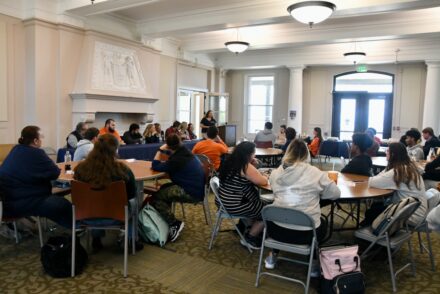 Plattsburgh, N.Y. – Clinton Community College’s Advancing Success in Associate Pathways (ASAP) program recently hosted a special lunch event highlighting how an associate degree can be a significant first step toward various careers. Faculty and staff shared their personal stories of starting in community college and building successful careers in business and sports management, nursing, higher education, communications, marketing, and more.
Plattsburgh, N.Y. – Clinton Community College’s Advancing Success in Associate Pathways (ASAP) program recently hosted a special lunch event highlighting how an associate degree can be a significant first step toward various careers. Faculty and staff shared their personal stories of starting in community college and building successful careers in business and sports management, nursing, higher education, communications, marketing, and more.